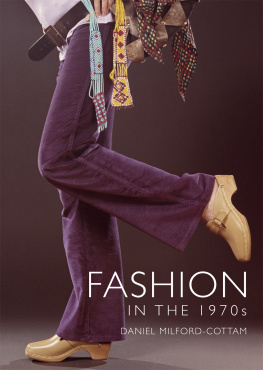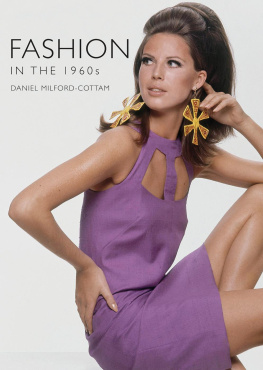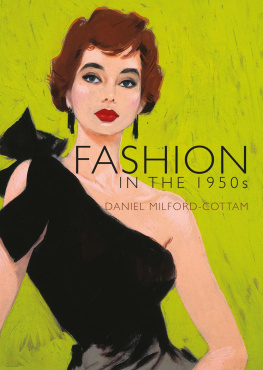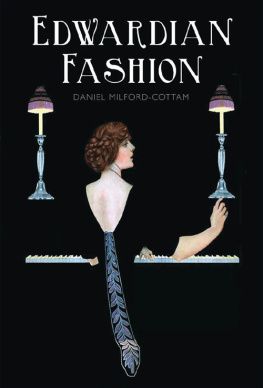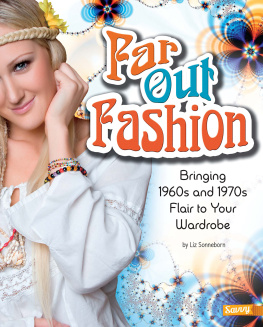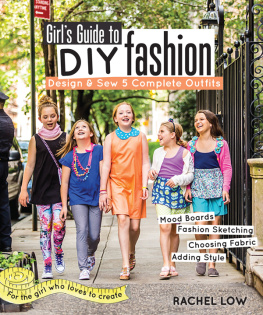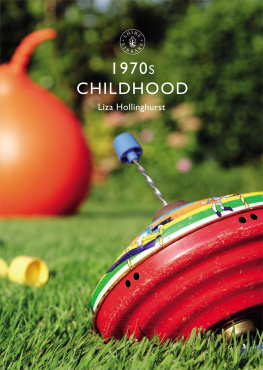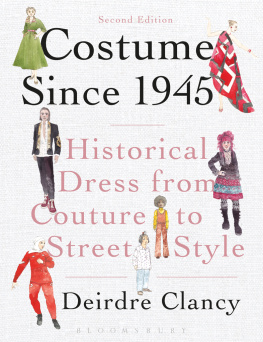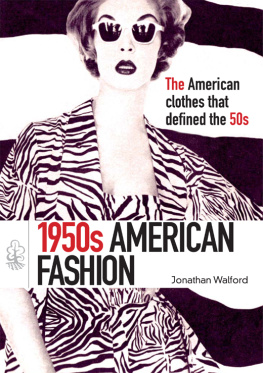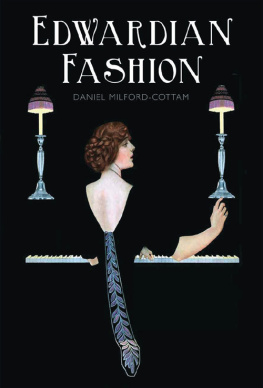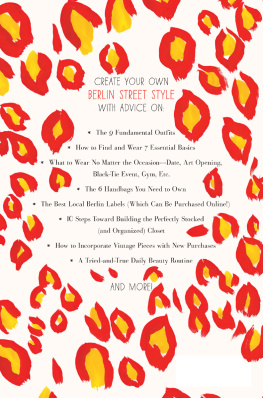CONTENTS
- Cover
- Title Page
- Table of Contents
- eCopyright
For H.M.B., good friend, soulmate, and support, who is totally worth it and so much more.
INTRODUCTION: A PLATFORM FOR THE SEVENTIES
T he sixties were over. As the Seventies dawned, there also came with it a slow realisation that things were changing. For Britain, the Sixties had been an affluent, exuberant decade driven by a population boom generation of post-war babies reaching independent young adulthood. Seventies Britain, although often remembered for its politics, crises, industrial strikes, power cuts and reports of economic doom and gloom, retained much of the resilience that had pushed the Sixties forward. For all the talk of economic woes, many of the populace seemed to be finding ways of affording lifes pleasures, be it a new colour television, Star Wars toys for the children, or simply throwing a party. The newly affluent up-and-coming hostess, a type immortalised by Alison Steadman in the 1977 film Abigails Party , had a shiny new trolley to keep dinner hot for her guests and a brand-new long gown in which to play the part. While serving crisps and Beaujolais, she might regale her guests with tales of her recent holiday abroad. In 1971, British holidaymakers took about four million foreign breaks, a number considered rather high but which had more than doubled two years later, and trebled by the end of the decade. Affordable package holidays made a fortnight in sunny Spain a realistic alternative for those formerly limited to the British seaside or a Butlins holiday camp.
The underlying optimism and resilience was also particularly apparent through music and popular culture, which for many people became a viewing lens through which to observe and remember the decade. Every vividly remembered aspect of Seventies fashion seemed to have filtered directly through popular culture, be it platform-soled footwear fit for singer-performer Elton John, frilled shirts and tailored velvet jackets like those regularly donned by Jon Pertwee in the BBC television series Doctor Who , or disco attire straight out of the 1977 film Saturd ay Night Fever .
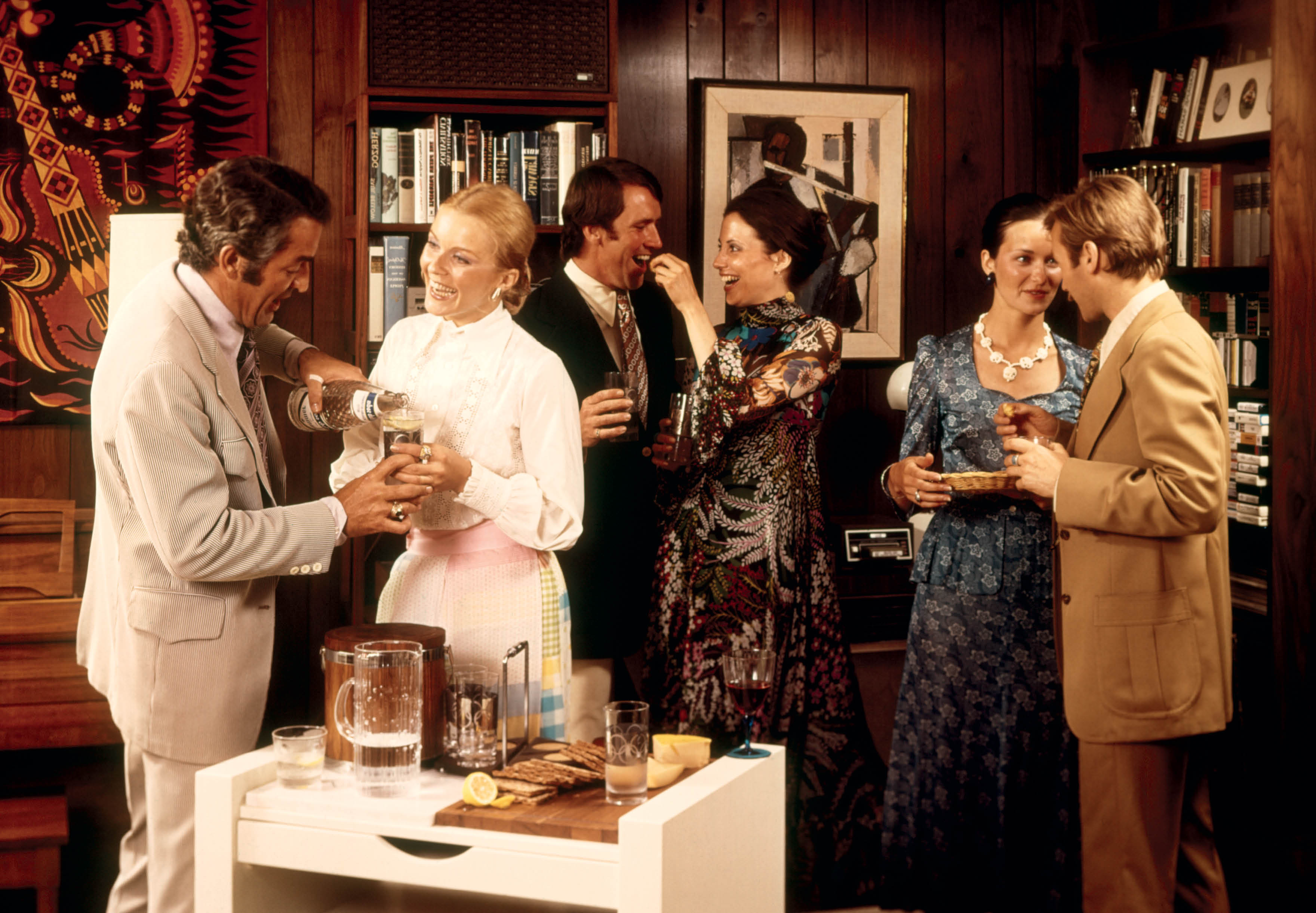
This advertising photograph shows six couples at an intimate at-home party in a fashionable, luxurious interior. Similar-looking mass-produced clothes could be bought affordably from high street shops and catalogues. Even the wood-veneered walls could be faked with embossed wallpaper.
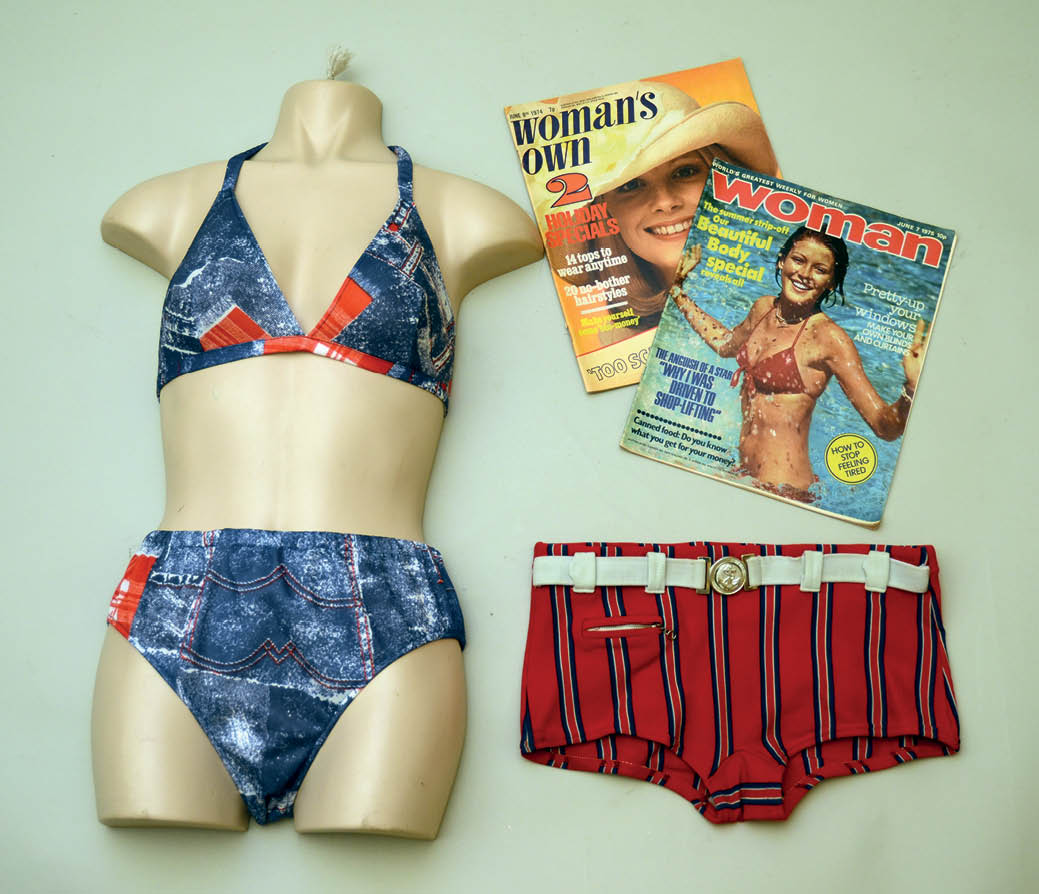
Holidays abroad became increasingly accessible during the 1970s, even if simply an affordable package holiday in Spain. Magazines promoted the idea of sun, sea and sand in exotic locations. The nylon bikini, printed with faux-denim-patchwork, was homemade in 1974.
Music was indisputably one of the biggest influences on the style of the decade, particularly when fans tried to emulate their idols. While it was often tricky to source menswear that replicated the outrageous, gender-bending Glam rock looks of early 70s David Bowie and Marc Bolan, their glittering androgyny was unforgettable. Other bands offered their fans an easier way of expressing loyalty. At the height of popularity of the Bay City Rollers, schoolchildren ripped the plaid linings out of their classmates duffle coats in order to make ersatz scarves bearing the bands trademark tartan. Young women enraptured by the bohemian style of Stevie Nicks and Kate Bush could capture the look by layering drifting skirts and gauzy scarves over leotards. Even the unmistakable look of Punk was achievable without having to make pilgrimages to London to buy gear from Vivienne Westwood and Malcolm McLarens SEX boutique (renamed Seditionaries in 1976) on the Kings Road in London. The Punk band The Sex Pistols, managed by McLaren and named for the shop, were high-profile wearers of SEX clothing, particularly the bondage-strapped trousers and T-shirts printed with strongly sexualised imagery and aggressive language. One particularly confrontational shirt had DESTROY scrawled above a neon-coloured Nazi swastika. While many young Punks navely hoped that appropriating such symbols would emasculate their negativity, they still caused widespread offence. Rather than buy SEX originals, many Punk fans deliberately ripped and splattered paint on old clothing, and even wore bin-bags with armholes and necklines chopped out, instantly capturing a nihilistic spirit that appealed to re bellious youth.

Jon Pertwee starred in the BBC TV show Doctor Who between 1970 and 1974. His real-life elegance was reflected in the Doctors impeccably tailored velvet jackets, ruffled shirts, and bow-ties. His assistant, journalist Sarah Jane Smith (played by Elisabeth Sladen), also wears stylish contemporary clothing.
Sexual politics were a major player in the development of 1970s society. A generation of young people, who had come of age during the previous decade, were also exposed to new ways of thinking. While this could lead to conflicts with parents, teachers and other authority figures, people were increasingly learning that they had the right to decide what they did with their own bodies and lives. This was particularly potent for womens movements. More women of all ages and backgrounds suddenly claimed their right to make life choices, including wearing what they wanted to wear, particularly after the publication of Germaine Greers bestselling book The Female Eunuch in 1970. Along the same line of taking control over ones self and identity, many people of colour proudly began wearing garments and textiles that reflected their cultures. Such cultural references, in their turn, were increasingly adopted by Western fas hion designers.
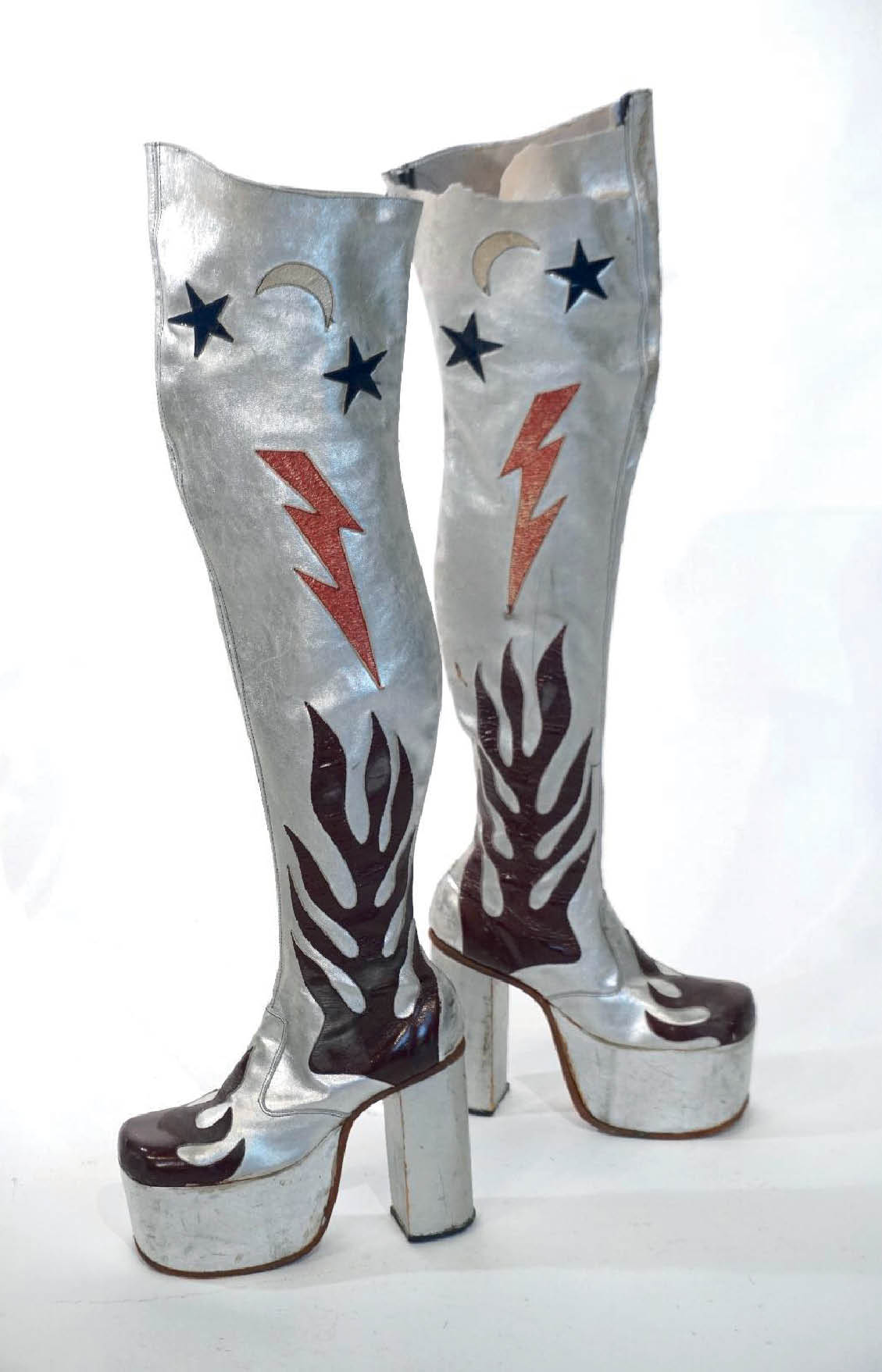
These dramatic silver leather platform boots custom-made by Master John epitomise the excesses of Glam and pop-music-inspired fashion. The red lightning-bolt motif mirrors David Bowies face-paint for his 1973 album Aladdin Sane .
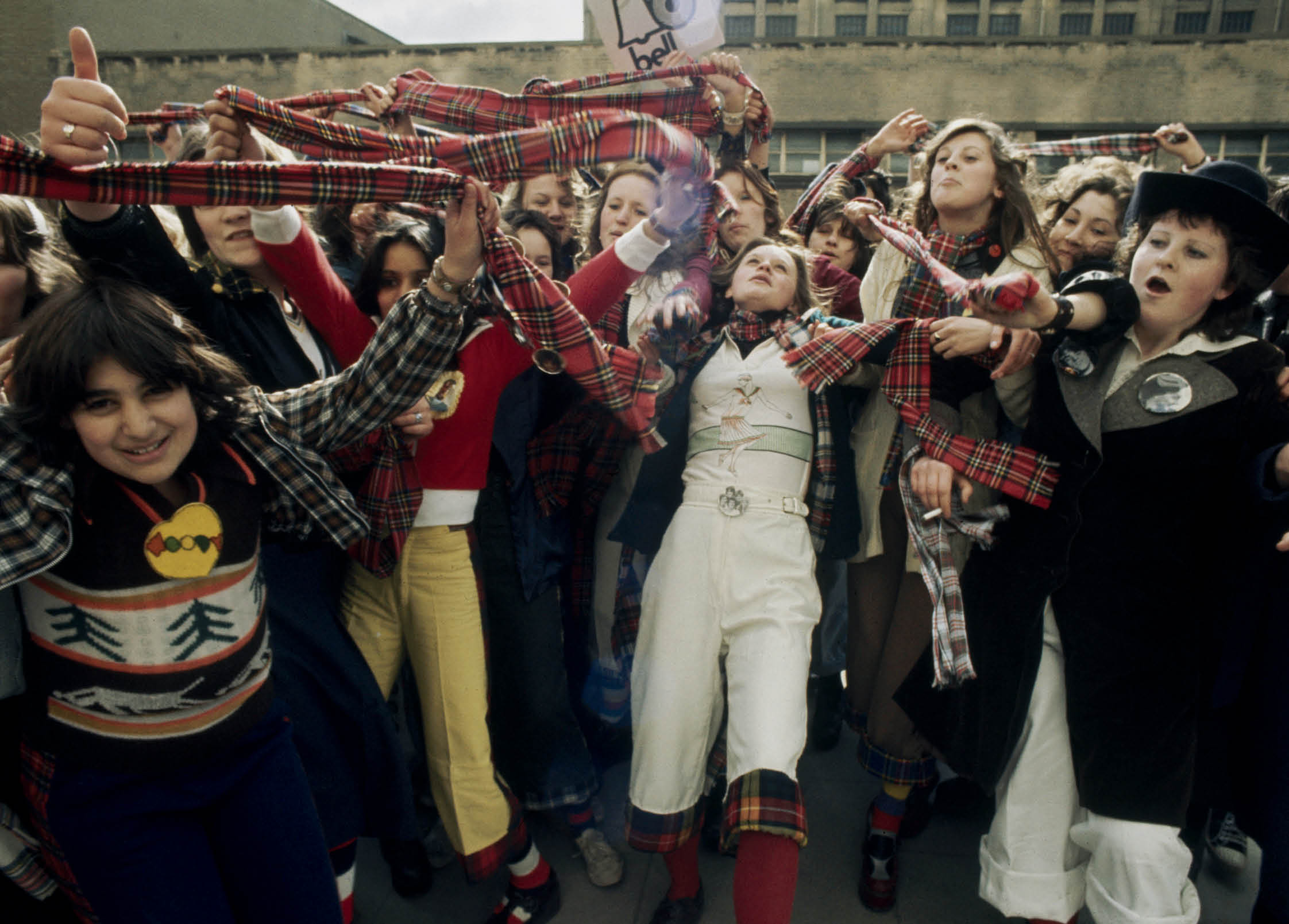
Teenage fans of the Bay City Rollers, captured in 1975, expressed their love for the band through wearing tartan clothing and otherwise imitating the exaggerated fashions worn by the Rollers.
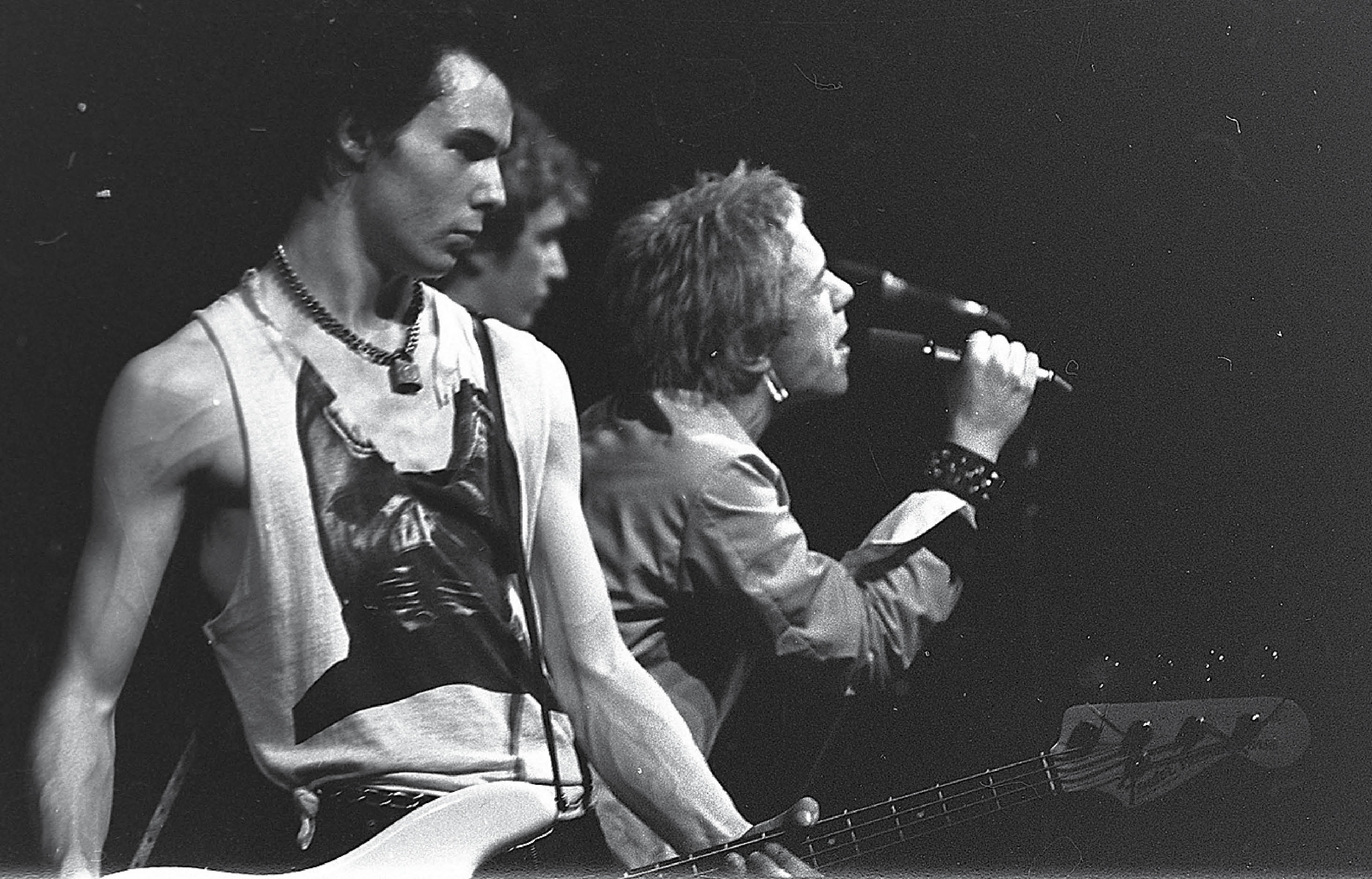
Norway, 1977: The British Punk band The Sex Pistols played a gig at which Sid Vicious wore a Seditionaries T-shirt screen-printed with a leather-hooded head. The Cambridge Rapist shirt, which bluntly references a mid-1970s sex criminal, shows the confrontational nature of Malcolm McLaren and Vivienne Westwoods Punk clothing.
The idea of the label as a lifestyle brand took hold internationally in the 1970s, particularly in the United States where understated designs by Halston or Diane von Frstenberg implied all-American relaxed self-confidence. The vibrant jerseys and fine knitwear of Pucci or Missoni sold an Italian vision of leisured prestige, while Paris labels generally suggested luxurious sophistication. What Britain represented was less straightforward. In the previous decade, a new generation of young designers, including Mary Quant, Ossie Clark, and Marion Foale and Sally Tuffin, had established London as a source of innovative clothing for young people, concurrent with the long-standing internationally recognised traditions of fine British tailoring and classic silhouettes. British style as understood by the wider world could equally well be that of the establishment, with landowners tramping their moors in much-worn but good-quality, well-tailored Scottish and English wools. This was most publicly exemplified by Queen Elizabeth II, who fulfilled her public duties in precisely tailored Hardy Amies coat-and-dress sets with co-ordinated hats and demurely flowing chiffon and crpe evening gowns by Ian Thomas; and wore tweed and wellingtons in the countryside. However, British fashion as understood by the wider world in 1970 could also represent something more creative, almost fancy-dress, so eccentric as to be alm ost unwearable.

